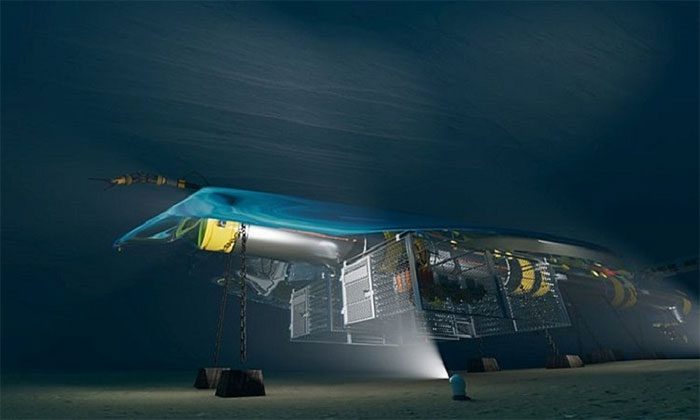French explorer Alban Michon plans to spend 6 months in a laboratory located nearly 10 meters below the frozen sea surface of Antarctica.
(Video: Alban Michon)
Michon is seeking $13.7 million in funding for a Marine Research and Creative Space Station, set to operate in 2025, according to National News. He hopes the research station will help scientists better understand the impacts of global warming in the region. Michon’s idea is inspired by the late oceanographer Jacques-Yves Cousteau, who created an underwater research station off the coast of Saint-Jean-Cap-Ferrat, France, in 1965 and lived there for a month.
The Marine Research and Creative Space Station will be 24 meters long and 2.3 meters wide, featuring panoramic sea views at the front. Although the exact location of the station has yet to be determined, the laboratory will be submerged to a depth of 10 meters below the sea surface before ice forms in the fall. “After 6 months, the ice will begin to melt. We will spend an entire season underwater. We will be the first to live in the heart of the Arctic Ocean,” Michon stated.

Design of the Marine Research and Creative Space Station.
During the 6-month expedition named Biodysseus Mission, Michon and his team will test advanced technologies while relying on air, water, and renewable energy. He shared that the research station will minimize its environmental impact and meet several criteria: it will be easy to transport, consist of multiple modules, be expandable, and have long-term durability. The station will operate autonomously and can accommodate four oceanographers for half a year.
Michon believes that such extreme environments will also benefit space agencies. He intends to invite astronauts to use the station to better prepare for the harsh conditions of space. The research station could simulate the environment outside a spacecraft.
Michon aims to build a second research station on land to ensure that the underwater laboratory can maintain a 24/7 connection with the support team. Additionally, he plans to create a “meeting bubble” that will serve as an intermediary environment between the two stations, facilitating emergency access for doctors to the laboratory.
Michon has raised 10% of the estimated project cost through donations from businesses. If he can secure the remaining funds, the expedition will commence in 2025.


















































